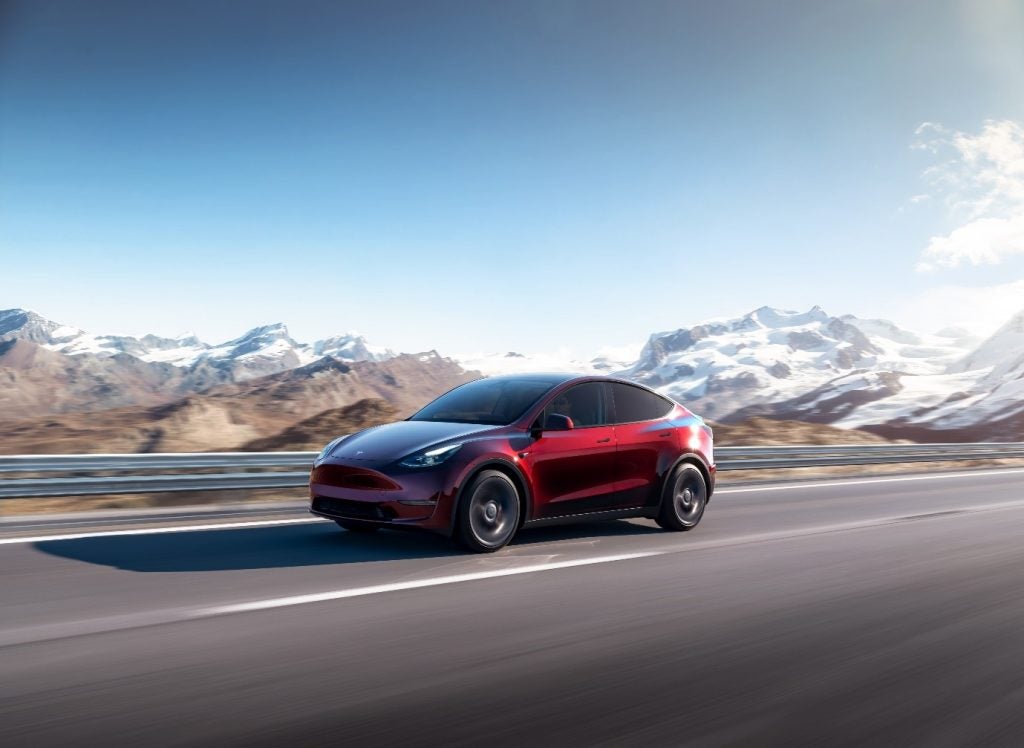There have been a flurry of reports lately – including one from us – suggesting that the US vehicle market may have slumped to a level that takes it below China’s. But is that true?
Well, to start with, let’s make the point that statistics are often less straightforward on closer inspection than they initially appear. Hold that thought.
Now then, January sales in the US were bad, very bad. The US light vehicle market plunged almost 40% to drop below a seasonally adjusted annualised running rate (SAAR) of 10m units. It was estimated by analysts at around 9.6m units, which set against a 17m-plus market of not so long ago tells us there has indeed been a rapid and precipitous plunge (if you didn’t know that).
And China’s market – though it has weakened with China’s less strong economy – has not declined by anything like as much as the US vehicle market in recent months. In fact, it took a boost in January from the timing of the Chinese New (lunar) Year, a festive occasion in China that traditionally supports consumer spending.
A total of 735,500 automobiles were sold in China last month, the official Xinhua news agency reported, citing the China Association of Automobile Manufacturers (CAAM).
By contrast, 655,226 light vehicles – a 27-year low – were sold in the United States, according to Ward’s.
Those are the figures that analysts and the media have got hold of and they show China’s market with a volume well in excess of the US market.
“China had a strong month and the US probably had its worst month in a long time,” Michael Dunne, a Shanghai-based analyst with research firm JD Power said.
January was perhaps, therefore, a rather exceptional month in terms of this particular comparison. And JD Power is confidently sticking to its forecast that the US market this year will exceed China’s.
There’s another important point worth making, too. Are we comparing like with like when looking at these two countries’ reported vehicle markets?
The answer to that is no.
The US light vehicle market is made up of a huge element of trucks that are for personal use. The SUVs, minivans and pick-ups that (still) sell in vast numbers in the US and are described as ‘light trucks’ are passenger vehicles. They would be counted as cars rather than light commercial vehicles in Europe.
However, light duty vehicles in China that are not sedans are overwhelmingly commercial vehicles rather than passenger vehicles; they are business tools and working vehicles. The Chinese practice is to lump them all together in the statistics as ‘automobiles’.
In fact, the widely quoted 735,500 figure for January is ‘all vehicles’ and even includes buses (a similar US ‘all-in’ number – adding in the Class 4-8 trucks and buses – would be under 700,000 vehicles, leaving the Chinese still ahead on an all vehicles basis).
How well do you really know your competitors?
Access the most comprehensive Company Profiles on the market, powered by GlobalData. Save hours of research. Gain competitive edge.

Thank you!
Your download email will arrive shortly
Not ready to buy yet? Download a free sample
We are confident about the unique quality of our Company Profiles. However, we want you to make the most beneficial decision for your business, so we offer a free sample that you can download by submitting the below form
By GlobalData‘Cars’ alone in China were more like 600,000 units last month, well under the broadly comparable US light vehicle market number.
As JD Power’s analyst Pete Kelly told us: “These two markets are actually very different. China’s passenger vehicle market is way smaller than that of the US when you strip out the commercial vehicles from the numbers they report.”
So, the statistics can be a little misleading. Gross numbers may put the Chinese market ahead of the US in January, but we’re in effect comparing apples and oranges until we strip out the commercial vehicles, if we’re comparing China’s market with the US light vehicle market – ie passenger vehicles or what are generally understood as car sales.
And the month of January was also distorted by a moveable Chinese holiday which boosts spending there – January could well prove to be something of an outlier that does not serve as a reliable pointer to the rest of this year.
A thought remains though. Even if the gross figure comparison between the two markets is an imperfect one, it is still quite something that the Chinese ‘all-in’ number for January was larger than that of the US. Who’d have thought it?
Dave Leggett
See also: US: China may be #1 auto market this year







